The Leadville Trail 100 takes competitors though creeks, forest, and meadows at vomit-inducing altitudes.
Just after noon, panic sets in. Dad should be staggering out of the forest by now, body heavy with exhaustion. Around us, runners stumble to aid stations, but none of them have his signature handlebar mustache. Pit crews made up of friends and family change shoes and massage the runners’ calves. But Dad is nowhere to be seen.
Maybe the race was too much for him. The course is an excruciating 100-mile route, run through creeks, the forest, up mountain passes, and through meadows. After all, it was only a few years ago that a lap around the local golf course left him winded and sore.
Finally, he emerges through the trees, gingerly navigating down the dusty trail to the timing checkpoint. For now, he’s still in the race. But he’s cutting it really close: organizers have set cut-off times to prevent athletes from getting stranded on a mountain pass at night.
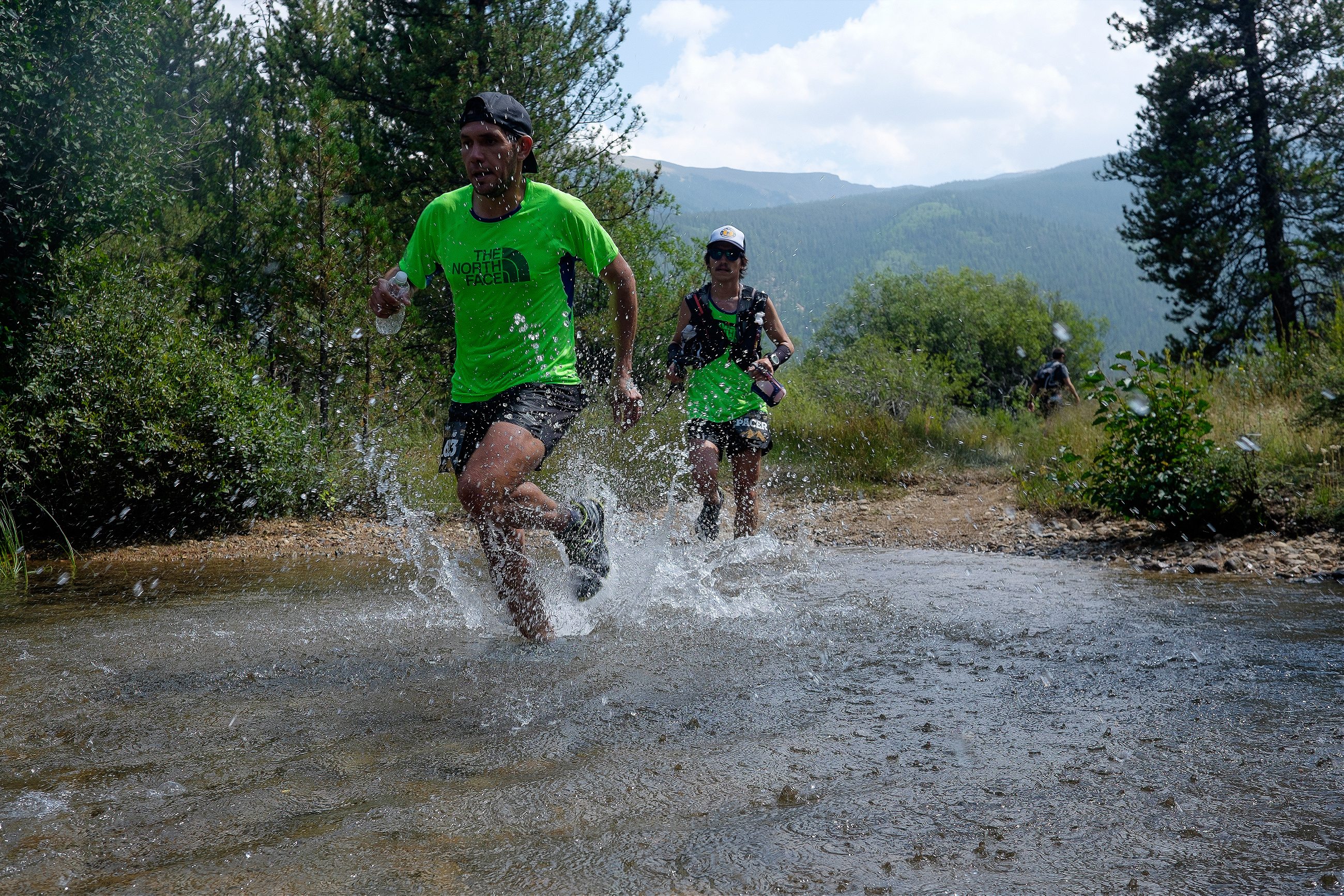
It’s his third ultra marathon, a statement that ought to hold weight itself. His training regimen for the last year has been a steady blend of dedication and joint crushing, toe-blistering endurance runs. No matter what, he was up at dawn most mornings to train. And with the sun high in the sky, he’s already run 40 miles from the mountain town of Leadville, Colorado.
Not long ago, Leadville was a footnote in history, with a storyline that was almost a trope of small, boom/bust mining towns: silver and lead rush in the 1800s, the town expands, the mine fails, and the fledgling community collapses. Even today, with the mine operating once more, Leadville—pop. 2,500—isn’t exactly the Klondike.
Instead, the place has become a site of pilgrimage, beckoning the devoted for 33 years. Each year, a horde of runners from around the world descends on the town for a race that puts conventional marathons to shame.
Ever since 1983, the Leadville 100, a tortuous route starting at 10,200 feet, or 3,100 meters, above sea level has been an essential stop on the ultra marathon circuit (bad press aside). Organizers love to point out that the elevation changes over the course of the run are the equivalent of running up and down the Empire State building 14.5 times.
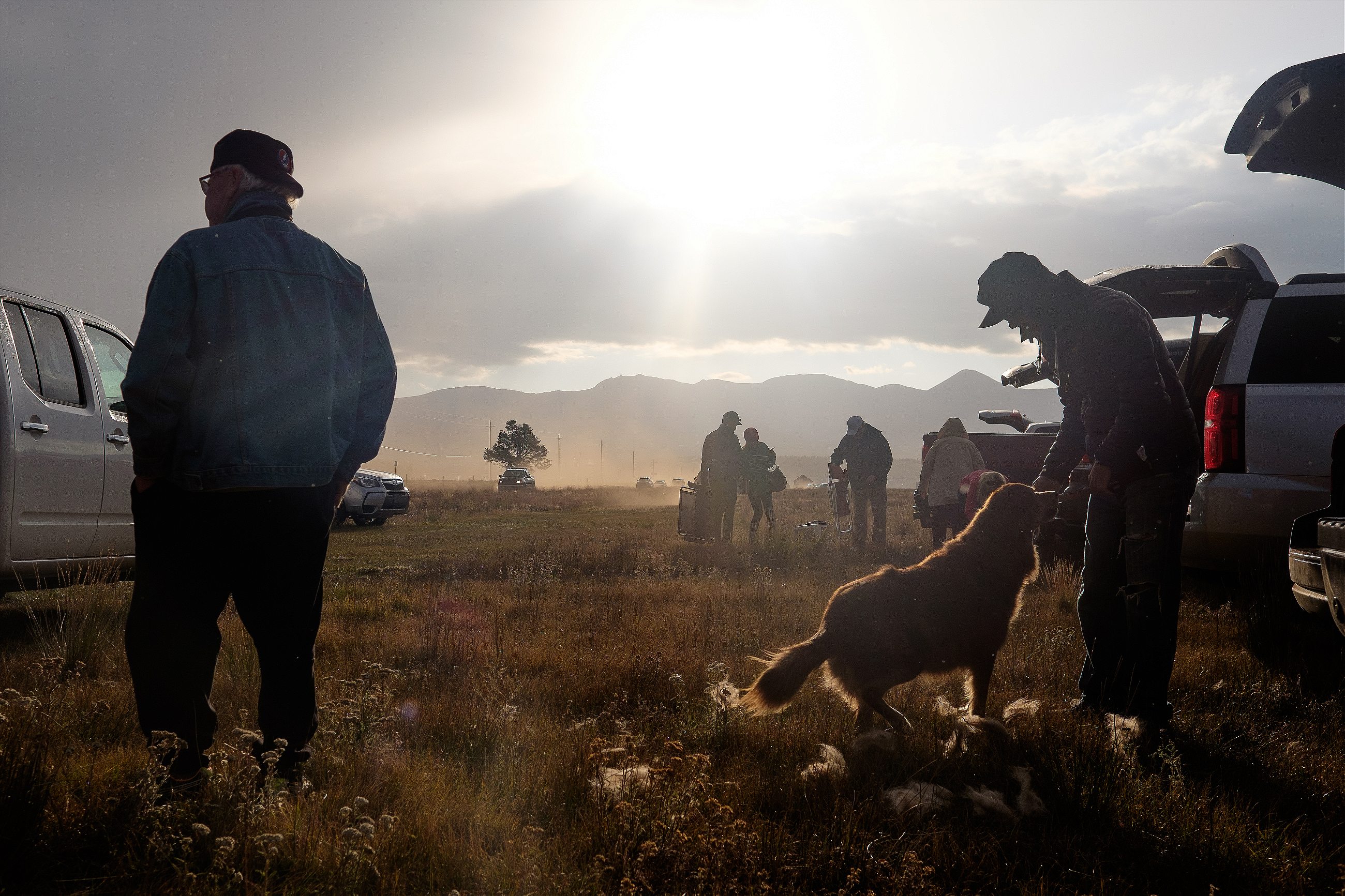
Although for years it was little known outside the running community, the 2009 book Born to Run brought it to the public consciousness. The once obscure community of endurance athletes is now slightly less obscure. Today, there are an estimated 127 100-mile races in America, but Leadville remains the most exalted.
According to my Dad, there’s nothing that matches running in the forest. Running on the road doesn’t come close to the feeling of the rhythmic cadence amongst the trees. After a 15-year hiatus, where life (and kids) happened, he finally reconnected with the trails in 2010. Now 56, the hundreds of miles logged have helped freeze the aging process, restoring his body to a level of fitness that defies the accumulated years. In a sense, he’s also reconnecting with his youth. From a small Canadian mining town, where trails were his back yard, he feels comfortable weaving over roots and between trunks.
Like any event inspiring devotion and extracting sacrifice from its followers, the race has fabled origins. Founded by miner-turned-State Senator-turned-ultra runner Ken Chlouber, the race and the man behind it have achieved legendary status. The day before the race, clad in cowboy boots, matching hat, and the largest finisher’s belt buckle (which is awarded to anyone who finishes the race under 25 hours), Chlouber glad-hands runners and poses for photos. “You’re better than you think you are,” he says, “and you can do more than you think you can.” It’s a mantra he repeats multiple times before the race even starts.
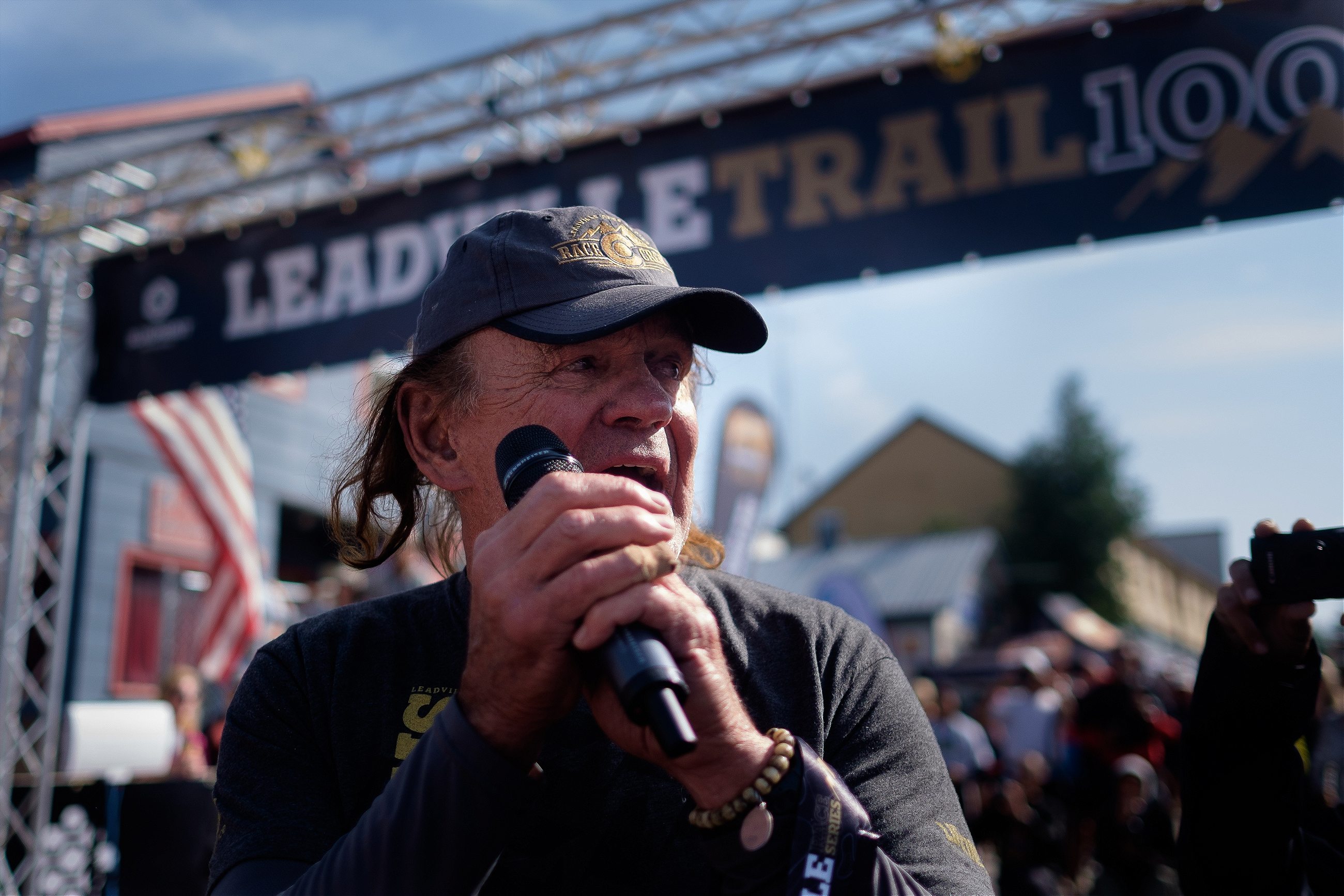
Chlouber, who is 71, has finished Leadville a staggering 14 times. According to legend, when Chlouber first proposed the idea of a 100-mile race at high altitude to bring revenue and fame to the failing town, a doctor at the local hospital exclaimed, “You’ll kill someone!” Chlouber allegedly responded, “Well, I guess we will be famous then.”
Leadville is an intimidating race. Not only is it four times the length of a regular marathon—a feat of endurance that already causes people to collapse at the finish line—there are also multiple elements to throw off even the most hardened runner. If the mountainous terrain, featuring single-track routes over scree, roots, or rivers, doesn’t break you, the altitude probably will. And if the thin air—which induced vomiting in many of the runners—doesn’t break you, running from sunrise to sunset to sunrise should do it. And if you can overcome all of these things, you’ll still inevitably have to battle through hallucinations, blisters, cramps, hunger, and fatigue.
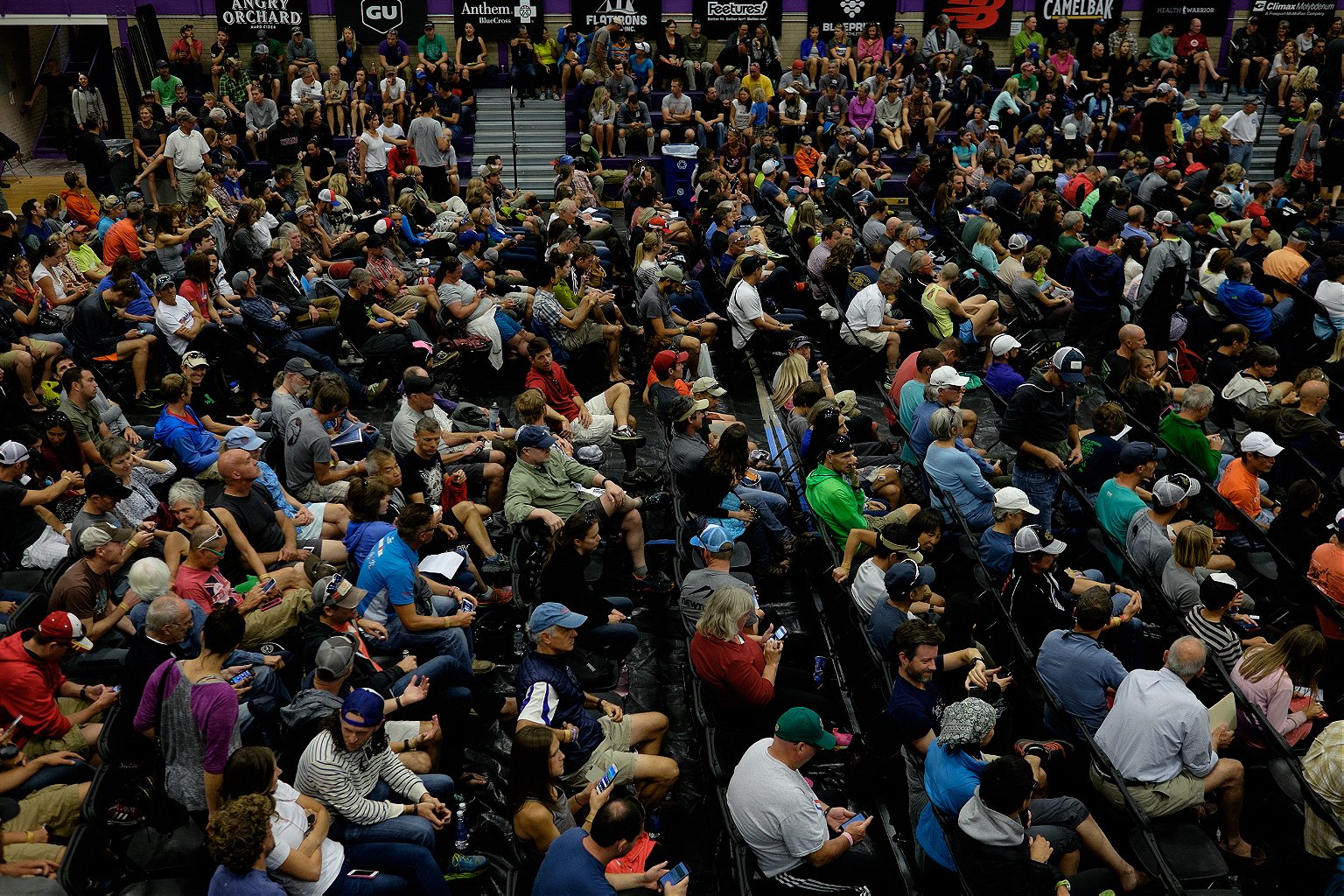
Addiction and recovery are major themes of the race, and that means something deeper and more powerful than runner’s high. Years ago, David Clark was an alcoholic and drug addict. The overweight former mattress salesmen hit rock bottom. Then he discovered running. Now, after years of sobriety, Clark has run the race five times—twice under 25 hours. He admits that at times the intensity of preparation for the race can almost mirror addiction, something he’s been keen to balance out.
At the start line, the competitors nervously adjust their headlamps in the dark morning cold. Dad had little to no sleep last night, and he’s a fit of nerves before he even gets to the start line. At the hotel this morning, he was pacing back and forth in the room.
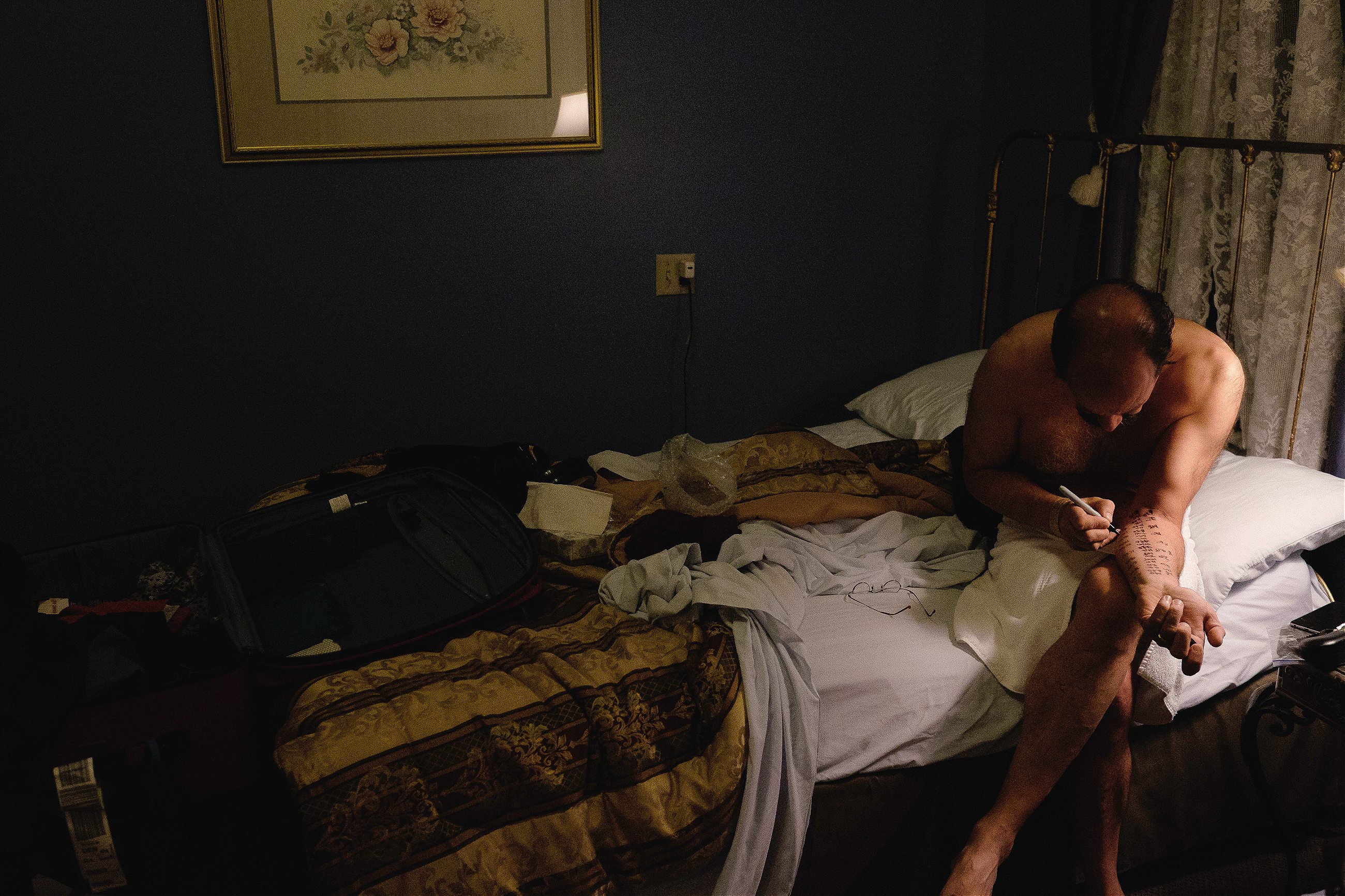
Race organizers have a text messaging system in order to track runners. When a runner passes a timing checkpoint, a message is sent to whichever numbers have subscribed to the service. His strategy is to keep himself about half an hour off the cutoff times, and at the first checkpoint, he’s comfortably within this window.
By the second and third, he’s slipping behind—only 20 minutes off of the cutoff.
At checkpoint five, 50 miles into the run, my mother and I watch the phone nervously. Dad is summiting Hope Pass, a section of the route where snowfall is a possibility even in late August.
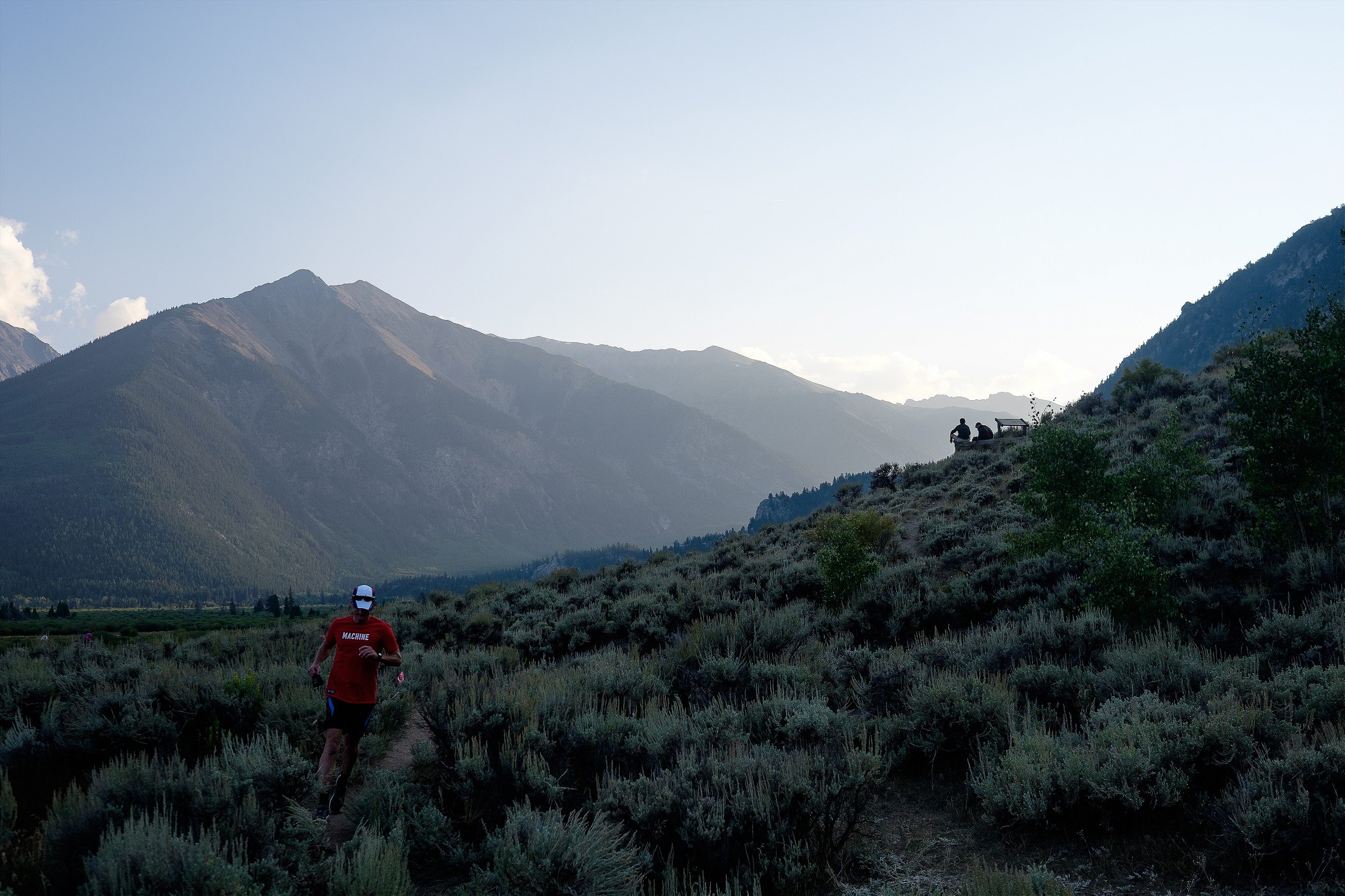
It’s already been 14 hours since the race started.
The deadline passes. We’re frantically checking the phone’s signal, clinging to the hope that communication is delayed from the summit.
The text finally comes, but it’s too late.
He’s out.
With the text comes the heavy weight of defeat. Months of training and dedication reduced to a missed checkpoint and all the anguish that comes with it. There will be no belt buckle this year.
Despite the threat of missed cut-off times, we’d really never talked about a Plan B. The plan had always been for my mother and I to help him at the aid stations, and then for me to pace him for the last 24 miles to the finish. In hindsight we should have given the mountains more respect. The terrain defeats the majority of those that attempt to conquer it. This year, 750 registered for the race, 650 showed up for the 4 a.m. start time, and just 312 finished. Summiting Everest has better odds.

We track down Dad a few hours later, expecting the worst. But he’s wearing a grin on his face when we find him. That’s partly because of how good it felt out there, and partly because he ran a full 80K. That’s something to be proud of.
The next day, he has the signature hobble of an ultra runner. As he limps around town, much of it once more deserted, he nods to the others he sees shuffling—pained expressions meeting pained expression. It’s a surreal sight: men and women, the paragon of fitness, reduced to the postures and gaits of the infirmed.
As Dad limps around the hotel room, he turns to me and says, “I’m signing up for this next year.”
